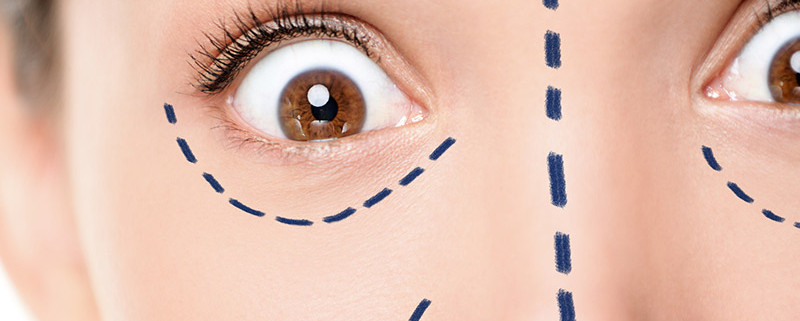Aesthetics or Aesthetics? Part IV
The lack of artistic and aesthetic approach is overwhelming even among the “experts” as we have seen in the Part I. The results are often the substitutions of quality by quantity in the fashion that renders, at the best a caricature and, at the worst, a visual monstrosity. Take any celebrity with obvious reconstructive failure. I doubt they sought aesthetic expertise in a cheap motel room with an unknown “non-expert”. Although I can not prove it, I bet that most of them were “beautified” by the board certified specialists or luminaries of the local aesthetic markets.
PART IV
Are these visual “enhancements” results of complications of the procedure or purposeful distortion? Or, let’s be frank, a simple lack of a necessary talent, therefore, lack of the artistic qualifications?
I don’t buy a common excuse of some aesthetic physicians that they simply accommodate patient’s desires. One would have to assume that some patients want to have the fish lips, frozen face, atrophic nose, protruding cheeks or uneven eyebrows. By this assumption, the aesthetic failure is being unfairly shifted to the patients. Philosophically and ethically this is not acceptable.
In rare cases when unaware patient may actually ask for enhancement that is likely to bring the non-aesthetic results, the role of a physician should prompt him/her to educate this patient; his ethics should not permit him to oblige, no matter how high the monetary reward could be. Anything less than that, in my opinion, would be below an ethical conduct.
Would any conscious general surgeon agreed to shape the incision line for any common surgery in a zig-zag pattern extending through chest and right shoulder just to accommodate patient’s fascination with that particular shape? Would we call that surgeon an accommodating doctor?
But what if a doctor is unable to apply the basics of artistic interpretation and visualize the final effect? The “right brain” dominance characteristic of creativity is not our choice; we are either born with it or with “left brain” in charge. It’s a choice of nature as far as we know. We all are the most wonderful individuals with our own originality and talents, including ability to recognize our little faults. But the premium non nocere – first, do no harm- should always lead in medical practice.
Have you ever wonder why aesthetic physicians do not perform tattoos yet usurp an expertise in their removal? The tattoo equipment is not any more, or less, complicated to operate than the majority of modern machines used in aesthetics; it penetrates the skin frequently to the levels beyond the depths of many common lasers procedures; the risks are operator dependent as in laser treatment. Moreover, the results of tattoo creation are more permanent leaving operator with much less room for mistakes than any laser skin procedure.
Whatever our opinion of tattoos is, to make them requires certain degree of talent, understanding of the art form, proportions, artistically difficult representation of three dimensional features in two plane reality and ability to predict the outcome. The majority of tattoo artists, if not all,possess these abilities. Very few aesthetic practitioners, regardless of their specialty or certifications, would be qualified to make a tattoo not because of the technical difficulties but because of a minimal right brain creativity.
So, who is qualified to perform the non-surgical aesthetic treatments, inject fillers and Botox or perform aesthetic laser procedures? This is only partially answered by inconsistent state laws. In general, these can be performed by the physicians, nurses or physician assistants holding a valid state license. However, the ability to understand and interpret the perception process, to visualize the outcome before procedure is completed and to implement creative talents are not required by any laws or certifications.
There is much more to facial aesthetics than a simple legal qualification. Unfortunately, these are not observed or enforced in our money driven Medical Aesthetic reality. And if not for the more and more aware patients, there would never be a drive to improve the outcome of facial aesthetics; not from the practitioners, not from the industry.



